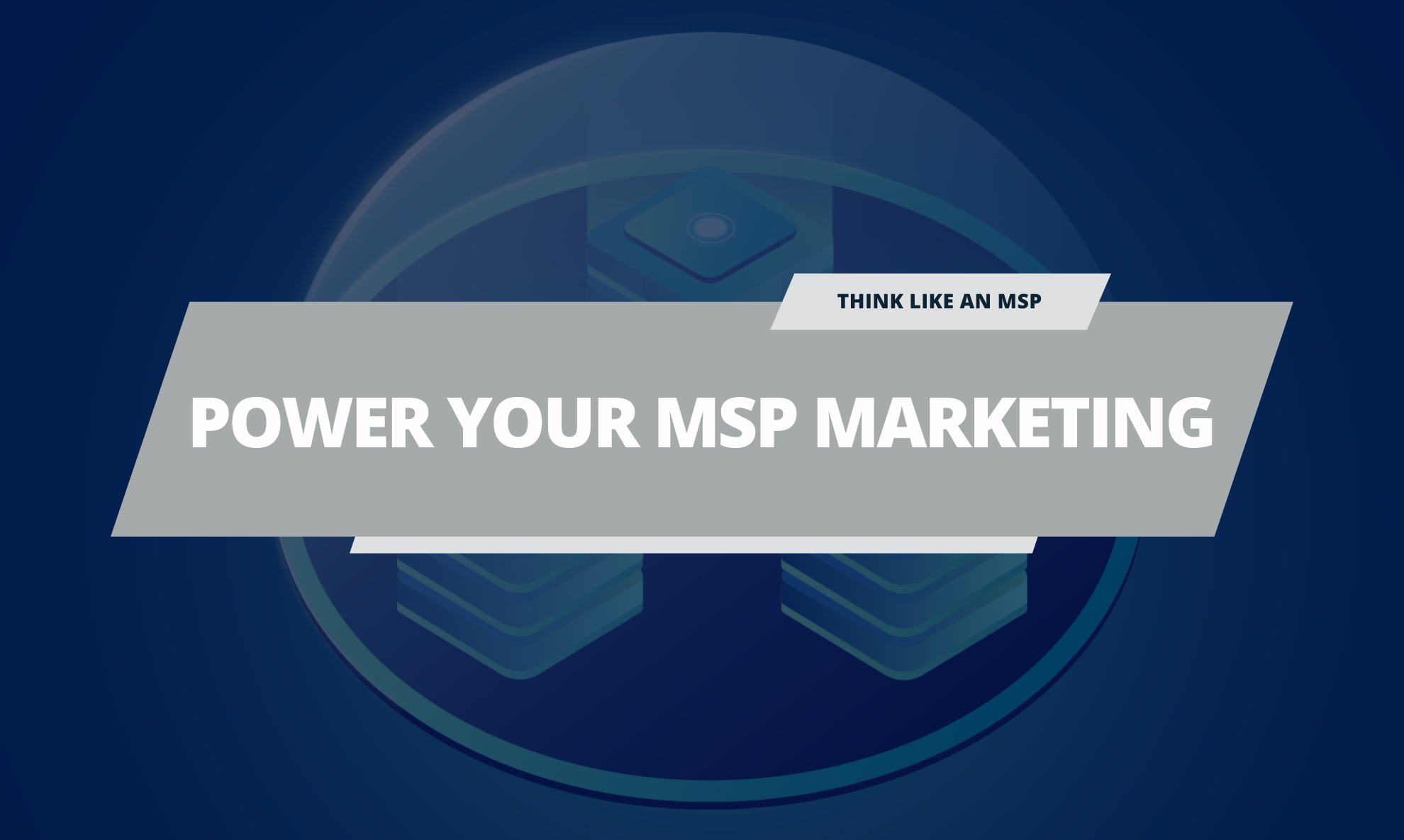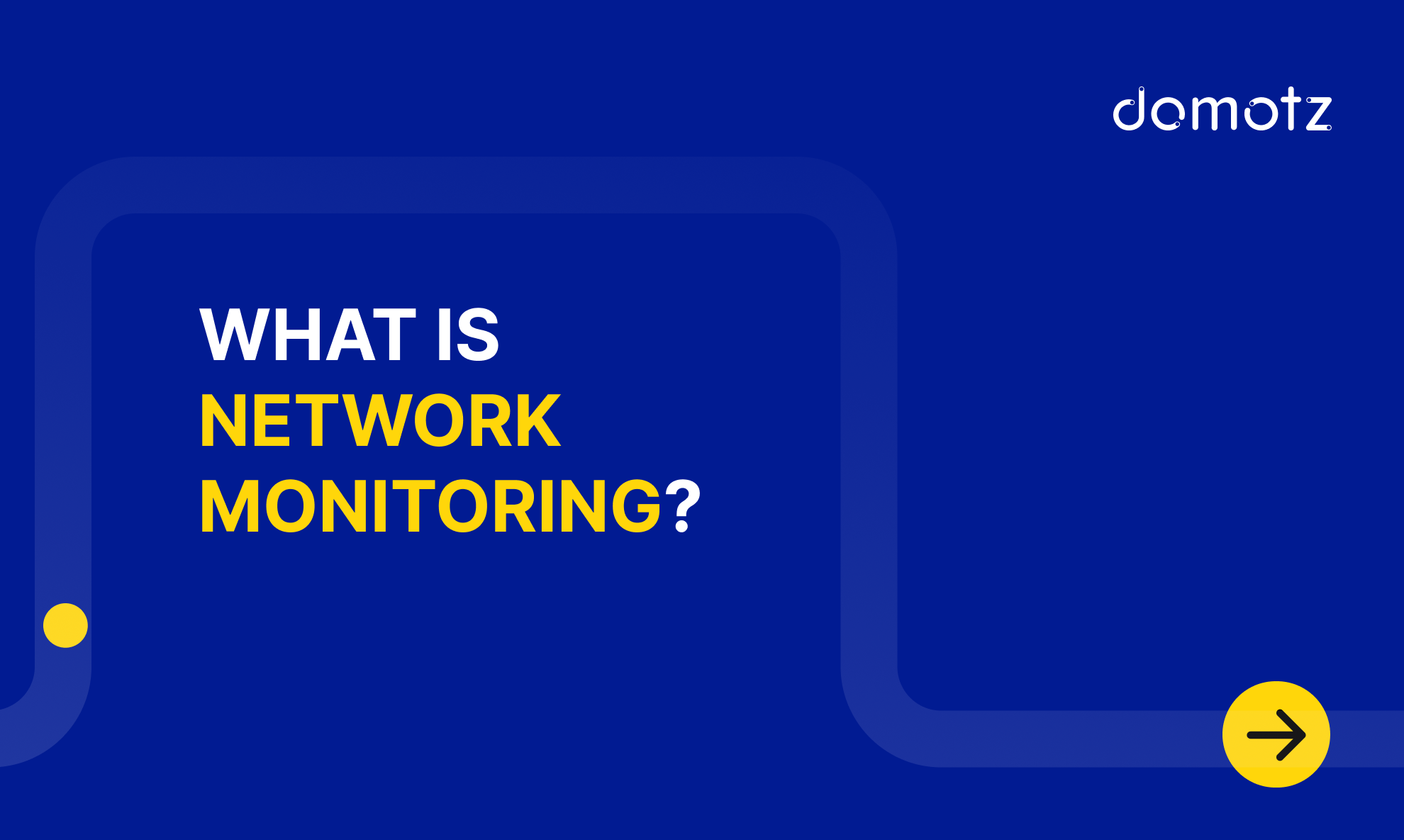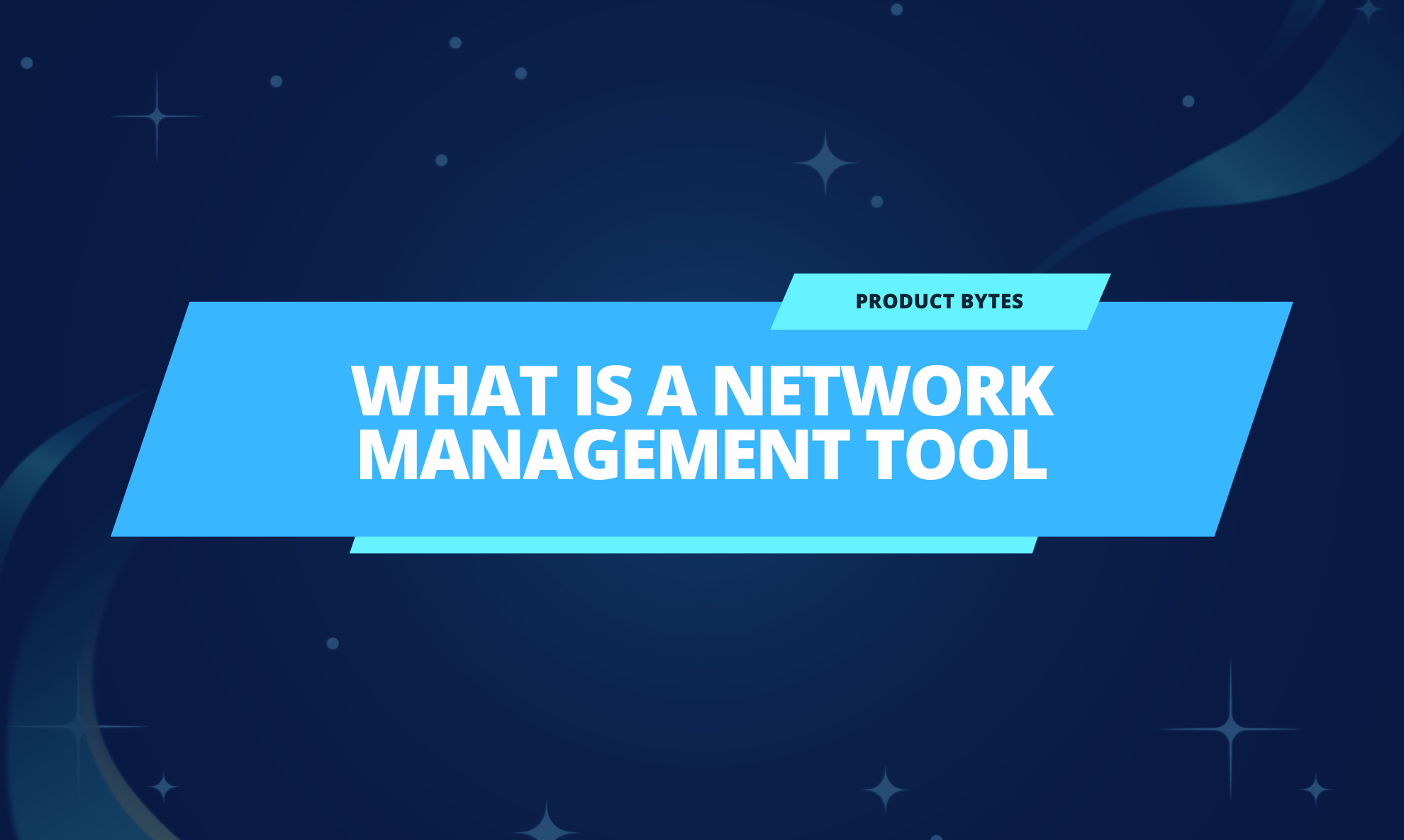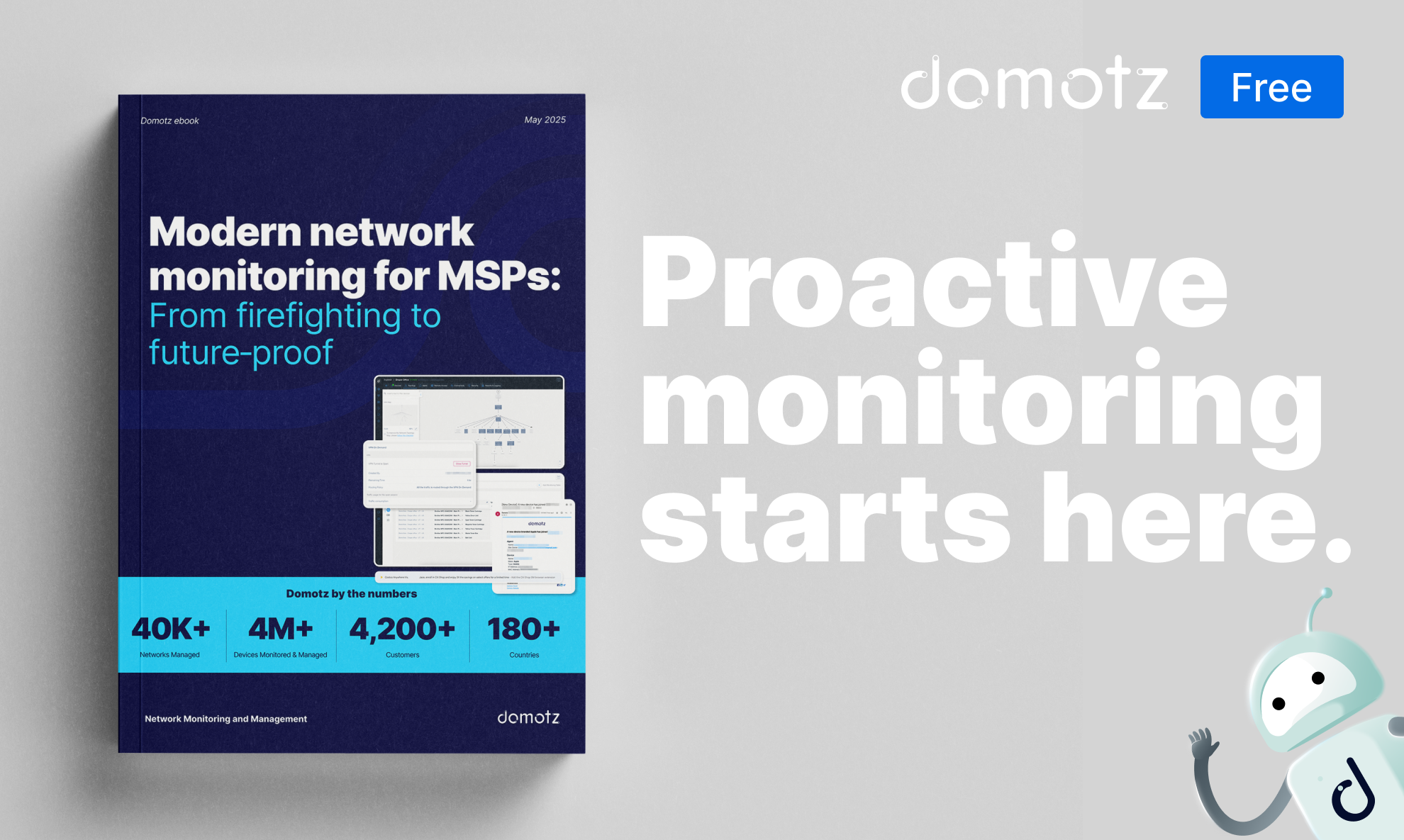In today’s competitive business landscape, Managed service providers (MSPs) play a crucial role in helping organizations streamline their IT infrastructure.
However, with an increasing number of MSPs entering the market, standing out and attracting new clients is a challenging task. This is where effective MSP marketing strategies come into play, helping you reach your target audience, build trust, and drive business growth.
In this article, we’ll discuss the value of drawing up a bespoke MSP marketing strategy. We’ll also provide some top tips to help your business benefit from a refreshed marketing strategy.
What is MSP marketing?
MSP marketing is the process of informing prospective customers about the services you offer. In other words, it helps you raise brand awareness to generate interest in your business and sell more.
Seeing the results from your MSP marketing activities takes time and patience. However, with the right strategy in place, you can set your MSP on a pathway to steady growth month over month.
How to build an effective MSP marketing?
Building an MSP marketing can help you increase sales and profits and enhance your brand image. It can boost consumer trust and confidence, and set your business apart from competitors.
Here are five steps to building your MSP marketing program:
#1 Identify Your Target Audience
A crucial first step in any marketing endeavour is to identify your target audience clearly. Understanding your ideal client’s pain points, challenges, and goals will enable you to tailor your marketing messages effectively. Consider factors such as industry verticals, company size, and specific IT needs when defining your target audience. This will help you develop focused marketing campaigns that resonate with your prospective clients.
Here are two steps to approach this task.
Define your ideal client profile and research your target market.
In other words, before you sign up for another client, define your ideal customer.
Customer profiling is important to understand who your customers are. This way you can build tailored offers for the various segments of those you want to target.
For example, you may decide that your MSP will focus on dentistry and insurance companies. Both of these verticals have different business setups, different needs, and concerns. They also use specific software which is crucial to business operations.
One key point here is, don’t try to be all things to all people. You need to focus.
And don’t forget – as many services move to the cloud, many clients’ needs change constantly so you should be re-evaluating your audience on a regular basis.
But finding a customer that perfectly fits into all of them is a real challenge. So maybe there is an easier way to do this?
Ask, don’t assume.
Understand what your real customer is by evaluating your customer base. Ask your customers about everything. You should know their pains, likes, dislikes, fears, desires, and goals. You should identify how they make their buying decisions. The more you know about your customer, the more you can serve them.
Establishing a connection with your audience is one of the primary roles of MSP marketing. A significant challenge for every MSP is differentiating your business from others. In many cases, you may offer the same services as your competitors and have a similar track record in terms of history, experience, and customer reviews. In a crowded marketplace, how do you make your business stand out and persuade customers to choose you over your rivals? MSP marketing can play a critical role in helping your business to stand out.
#2 Identify Your MSP Business Model
Once you know more about your clients you can tailor your product to their needs and identify your MSP business model. You can use the findings of your research to choose marketing methods and techniques, set price points, and identify the most effective ways to generate MSP leads.
Examine several crucial areas, such as your service quality, customer experience, and pricing, to determine what makes you unique. To clarify, your goal is to reach out to prospective clients and create your unique selling points (USPs) and features that will persuade clients to choose your business.
Here are some essential things to include when defining your business model:
- Determine which services your MSP will offer
- Formulate your pricing model type
- Devise a sales and marketing strategy
- Find and retain the talent your team needs
- Invest In the right software
- Stick to your business model
#3 Decide Where to Invest
In the digital age, content is king. Producing high-quality and engaging content positions your MSP as a thought leader in the industry. It helps you build credibility with potential clients too.
Develop a content strategy that includes blog posts, whitepapers, case studies, and infographics. Focus on addressing common IT challenges, providing valuable insights, and offering practical solutions.
Here is what’s important to cover:
Build an engaging website
Your website should act as a storefront for your business. Fill it with engaging content. Clients who search for MSPs online expect to be impressed when they land on your homepage. Ensure that your site looks professional, pages load quickly, and constantly optimize your content. Make sure all your website elements are in place and up to date. This may include a title tag, meta description, headings, and image alt tags. Check out more about optimizing your website in our article about MSP website design tips. Last but not least, consider using a website content monitoring tool.
Harness the power of SEO
Optimize your content for search engines to enhance your online visibility and attract organic traffic to your website.
Search engine optimization (SEO) enables you to leverage search engines to drive targeted traffic to your website and improve your MSP marketing. Over 90% of online activity starts with search engines. To tell you more, over 84% of smartphone users will either visit or call a business within 24 hours of conducting a local search. If you don’t already utilize SEO to get your business noticed, it is very important for you to realize the importance of a local SEO. Investing in this type of marketing could have a positive impact on sales and lead creation.
One thing to consider using any SEO element is to keep in mind your goal. Optimize your web content to boost search ranking, create high-quality, informative, engaging content, and utilize keywords and popular search terms.
Use keywords and keyword variations to build your website content and keep your content focused. Be sure to include the keyword in the title and at least two or three times in the body of the text. Most of all, make sure that your copy reads naturally and doesn’t overuse that keyword. If you’re not sure what keywords to use, this guide will help you find some great keyword research tools. You can also consider using some free Google keyword research tools.
Another way to help search engines find your website is to make sure you’re including keywords in your image titles and write SEO-friendly Alt text. In addition, you have to pay attention to creating unique images and choose the right format and images that are mobile-friendly.
Get social
Whether you are a new or a well-established MSP, you should be using social media. They’ll help you grow your followers, attract new leads, and build your brand awareness. Social media is a great way for you to provide educational content and build better relationships with your customers. Apps and networks enable you to show the human side of the brand, connect with people, and build trust. Social media marketing can also drive website traffic, generate leads, and provide additional customer support options.
Create a strategy for social media marketing based on your target audience and your key business objectives to establish your brand.
A few tips about social media:
- Follow your customers’ businesses on social media and engage with their content
- Include your social media profiles on your business cards and other marketing collateral
- Publish positive customer reviews on your social media channels to build credibility
- Schedule posts using different types of content, for example, videos and images, and consider featuring real-life customers.
Learn more about the benefits of social media in our blog post about social media best practices for MSPs.
To sum up, after you build the channels you need, you can decide whether to invest in paid advertising or not. Evaluate in-house vs. external paid services. While organic reach is crucial, investing in paid advertising can amplify your MSP marketing efforts. Platforms like Google Ads and social media advertising allow you to target specific demographics, interests, and locations to reach potential clients. Develop compelling ad copy and engaging visuals that highlight your unique selling points. Track and analyze your ad campaigns to optimize your marketing budget and ensure you are getting a positive return on investment.
Read out more about what paid advertising is and the benefits of paid advertising in this blog post.
#4 Boost Customer Engagement
Customer engagement is an emotional connection between your customers and your brand. Create connections that matter with your clients so they can help do the marketing for you.
Firstly, think about how to create a great customer journey. Identify your customer’s needs and pain points to understand your customers better and improve your marketing strategy.
Secondly, make sure your brand is reliable to your customers. Ensure they feel secure with your services. To go above and beyond in terms of customer service, you could adopt remote network monitoring software like Domotz. Such a system will help you proactively identify network and device issues before things go wrong and become real problems.
Next, consider using an incentive to get reviews for your business. Did you know that over 90% of consumers now read online reviews before making a purchase or contacting a business? Clients will often look for high customer service ratings and positive feedback before getting in touch with an MSP. Encourage existing clients to share reviews on Google+, Trust Pilot, Facebook Business Reviews, etc. so you can share them on your website and social media accounts. To make this an attractive thing to do, use incentives in your review program.
Finally, focus on retention by making sure your customers feel engaged with your business. For example, capture their hearts and minds by sharing with them a video showing your technicians working together on a new project. In addition, you could organize a semi-annual lunch with them, and schedule a quarterly site visit or one-to-one meetings with your customers to build a connection with them.
#5 Build a Long-term Relationship
If you’ve been in business for a while, you know how difficult it can be to develop your MSP marketing and build a long-term relationship. Long-term customers generally do far more than buy your products.
Here are three simple steps to build a lasting relationship:
- Choose your clients with attention: All companies claim that their strategies are customer-driven. But are they designed for the right clients? Take a closer look at your business and measure your clients in terms of time, effort, opportunities, and profits. Don’t invest in customers who are monopolizing your time. They’re preventing you from dealing with other clients who might help you grow your business. Allocate resources to win the customers who will fit your services best.
- Provide a high-quality service: Show your clients you care about them by providing high-quality service and excellent customer support. For example, if you use Domotz network monitoring software, you provide your customers with over 1000+ integrations with the hardware and software systems they already use. By bringing together various types of tools, Domotz creates a single unified system to save time, troubleshoot and resolve issues faster.
- Build trust over time: Fundamentally, if you provide a good service, your clients will be happy with your services. But to build a long-term relationship, you need to achieve more than that. Make them feel at home. Satisfy all their needs – practical and emotional. The practical type of trust can be earned by being fast in resolving their issues and providing high-quality systems that they can rely on. Developing emotional trust is obviously more complex. However, emotions are the key to successful customer relationships. Understanding how powerful emotions are will help you find the right way to treat your customers and create an engaging brand narrative.
“People do not buy goods and services. They buy relations, stories, and magic.”
Seth Godin
So What’s the Most Important?
In the end, the most important thing to understand about all of this is that none of these channels and techniques is the most important. The secret of effective MSP marketing is to evaluate with attention how to combine tactics that will make you achieve your goals.
Effective MSP marketing can boost sales, enhance reputation, increase lead generation and conversion, and help to build strong, long-lasting ties with your customers. If you’re struggling to attract attention online, or you’re looking to expand your client base, revamping your marketing strategy is a great place to start.
Further reading:



